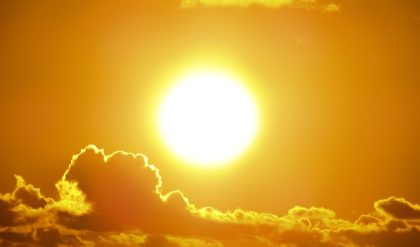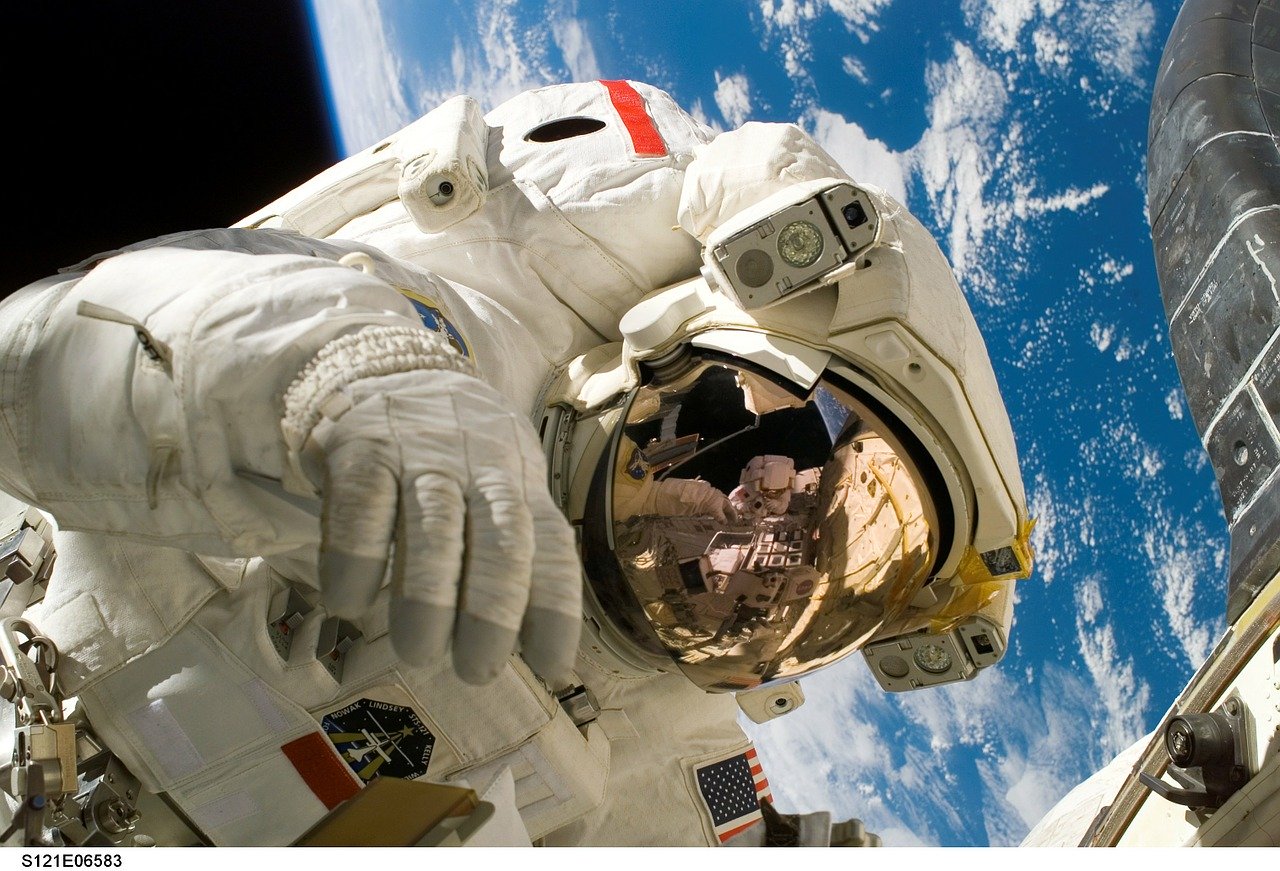If all the water is collected, it will only be a small drop compared to the globe.
You often hear about the lack of drinking water, but how big are our reserves of water on the planet? How much of it can you drink?
About 70 percent of the earth’s surface is covered by water. But the total volume of water is only 0.13 percent of the Earth’s.
To give a visual idea of how little water actually exists, the U.S. The Geological Survey produced an image in which the soil was drained of all water collected into a spherical reservoir located over the United States.
The water drop will then have a diameter of 1,385 kilometers, giving a volume of 1.4 billion cubic kilometers.
“It holds all the water that is in the seas, lakes, rivers, glaciers, soil, air and even in yourself and your dog,” writes U.S. Geological Survey.
Here are some more facts about the Earth’s water:
- 96.5 percent are found in the seas.
- 2.5 percent is freshwater. Of this, 30 percent is groundwater and 69 percent are bound in glaciers and ice.
- Only one percent of all water is useful to humans. 99 percent of it is groundwater.
When we talk about the water we humans need to survive, we mean freshwater.
About 2.1 billion people on Earth lack access to clean water, according to UNICEF. Of these, almost 160 million are forced to collect unclean drinking water from open sources such as lakes, rivers, and ponds. The causes of the water shortage are several but drought, desertification, pollution and war are important explanations for the water shortage. Lack of clean water has serious consequences for human health. About 80 percent of all diseases that children suffer from are considered to be due to lack of clean water. The amount of water available in a country depends on its precipitation and on water flows to or from neighboring countries. Water supply varies depending on the season and season. Climate change also affects the supply of water. The amount of water can vary from country to country or between regions in one and the same country.
Water is a prerequisite for everything living: people, animals, and plants. There are a total of about 1,400 million cubic kilometers of water on Earth. 97 percent of all water is saltwater. Only three percent of the Earth’s water is freshwater. Two percent of freshwater is bound by glaciers. Only one percent of freshwater is available to us humans. It is the water found in lakes, streams, or as groundwater in the ground.
Distribution of water in the world
The amount of water available in a country depends on its precipitation and on water flows to or from neighboring countries. Water supply varies depending on the season and season. Climate change also affects the supply of water. The amount of water can vary from country to country or between regions in one and the same country. Some countries have plenty of water, while others suffer from water shortages or droughts.
The delicate groundwater
Most of the people on earth get their water from lakes and streams. But a third of the world’s population is dependent on groundwater to get water for cooking, drinking, and washing. Every year, we use one-fifth of the available groundwater.
In many areas of the world, excessive amounts of groundwater are used, not least for irrigation. China, India, Mexico, Russia, the United States, and countries on the Arabian Peninsula are such areas. If the use of the groundwater is too great, the groundwater levels will fall. This, in turn, can cause saltwater to enter the groundwater. If groundwater levels are too low or salt damaged, it will be difficult to irrigate crops and ensure that food production in one country works.




